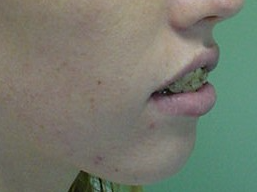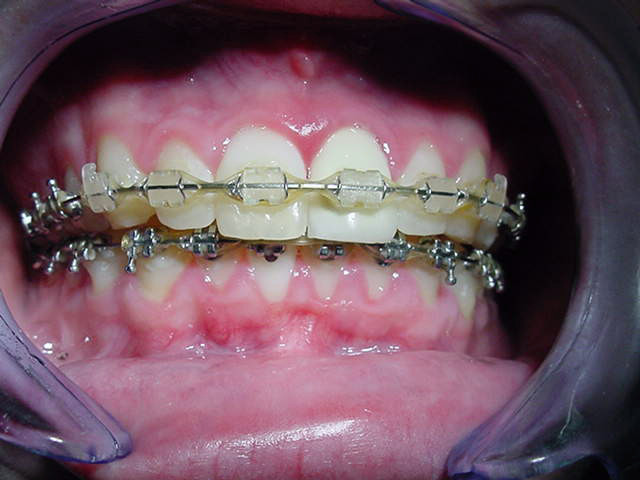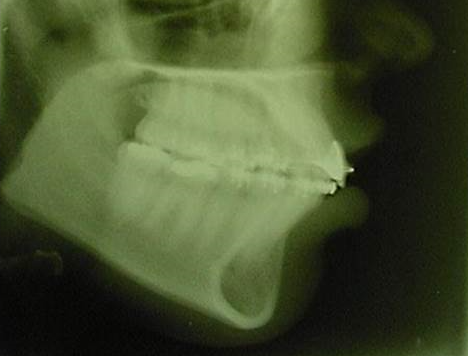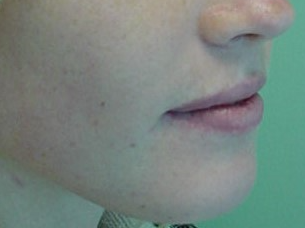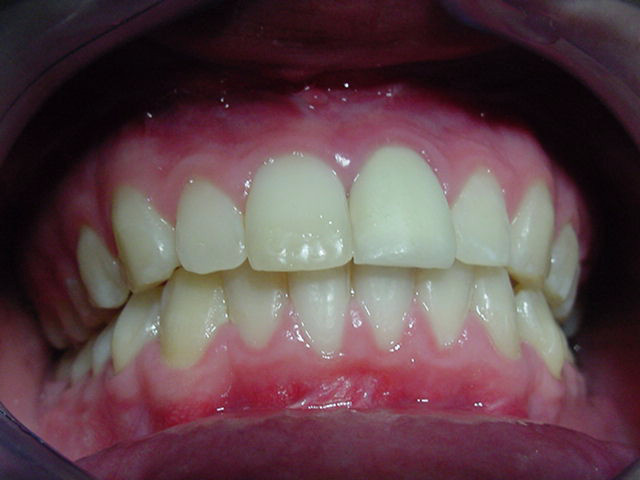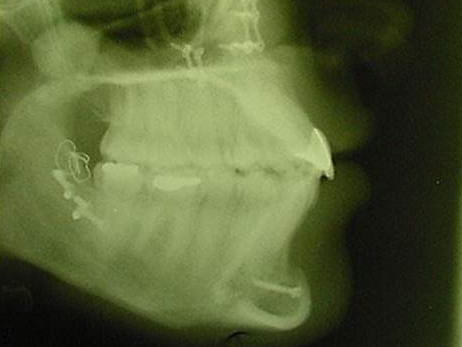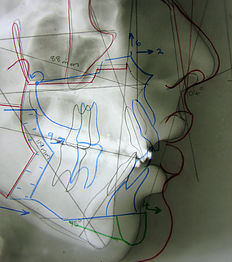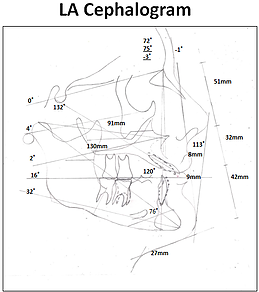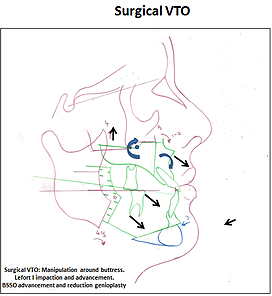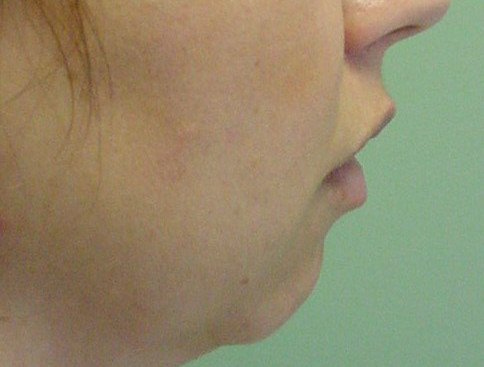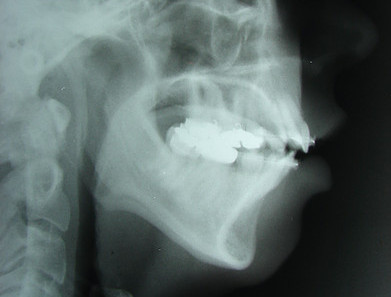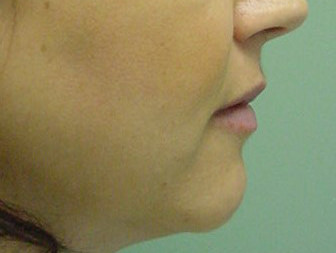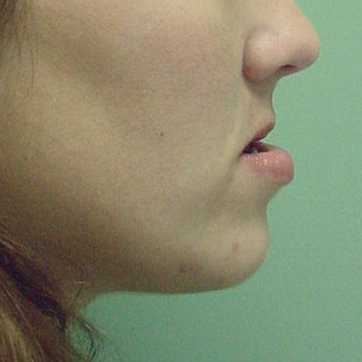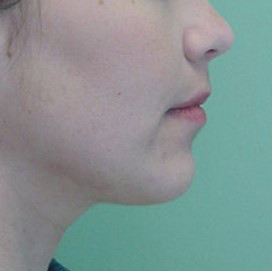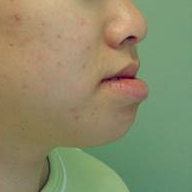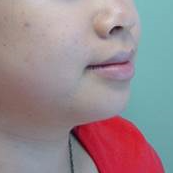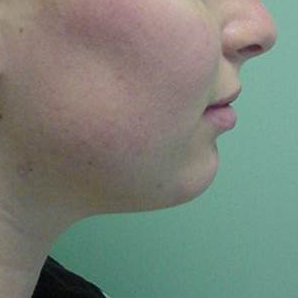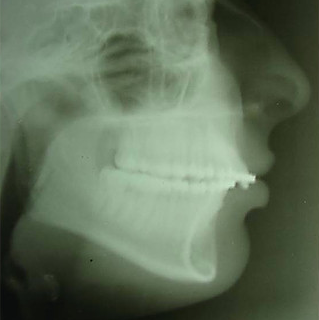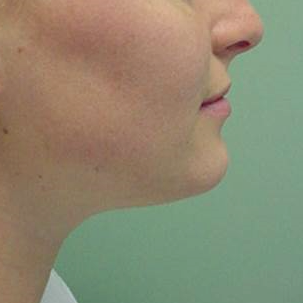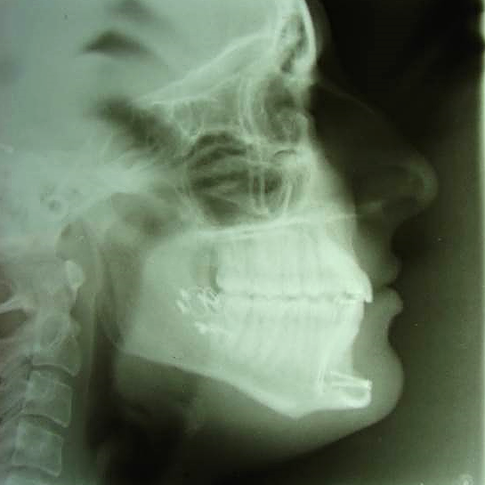Orthognathic surgery is needed when jaws don’t meet correctly and/or teeth don’t seem to align properly within the jaws. The first phase of treatment involves straightening the teeth with orthodontics. Thsi is followed by corrective jaw surgery which fixes the discrepency between the jaws. This not only improves facial appearance, but also ensures that teeth meet correctly and function properly.I am text block. Click edit button to change this text. Lorem ipsum dolor sit amet, consectetur adipiscing elit. Ut elit tellus, luctus nec ullamcorper mattis, pulvinar dapibus leo.
Who Need’s Orthognathic Surgery?
People who can benefit from orthognathic surgery include those with a bite discrepency or jaws that are positioned incorrectly. Jaw growth is a gradual process and in some instances, the upper and lower jaws may not grow simultaneously. The result can be a host of problems that can affect chewing function, speech, oral hygiene and aesthetic facial appearance. Orthognathic surgery may be required for the jaws when repositioning the bone is necessary and a satisfactory outcome can not be achieved by orthodontics alone.
Before any treatment begins, a consultation will take place after referral from an orthodontist. An examination with further x-rays may be required. During the consultation appointment, feel free to ask any questions that you have regarding your treatment. When you are fully informed about the aspects of your care, you and your surgeon can make the decision to proceed with treatment together.
What You Can Expect
Jaw surgery usually can be performed entirely inside your mouth, so no facial scars are involved. Your surgeon makes special cuts in the jawbones and moves them into the correct position. Once your jaws are properly aligned, screws and bone plates secure the bones into their new position. In some cases, bone grafting may be added to the jaw.
Jaw surgery takes place in the hospital and requires a one – to three-day stay with the first night typically in ICU as a precautionary measure.. Complete recovery at home typically takes three to six weeks.
In most cases, an orthodontist places braces on your teeth before surgery. Braces are usually on for nine to18 months before surgery to level and align your teeth. After your jaw heals from surgery — typically about six weeks after surgery — your orthodontist finishes aligning your teeth and eventually removes the braces. The entire orthodontic process, including surgery, may last 12 to 24 months.
Types
Jaw surgery may be performed on the upper jaw, lower jaw, chin or any combination of the above.
Upper jaw (Maxillary Osteotomy)
- A maxillary osteotomy may be performed to correct these issues:
- Shallow midface
- Crossbite or open bite at the front
- Too much or too little of the incsior teeth showing.
From inside the mouth, your oral surgeon cuts the bone above your teeth so that the entire top jaw is mobilised and moved as one unit. The jaw and upper teeth are moved forward &/or upwards (occasionally downwards) until they fit properly with the lower teeth.
Once the jaw is realigned, tiny screws and plates hold the bone in its new position. These screws — which are smaller than a bracket used for braces — become integrated into the bone structure over time and do not need to be moved.
Lower jaw (Mandibular Osteotomy)
A significantly receded lower jaw can be corrected by a procedure called mandibular osteotomy.
In this procedure, the oral surgeon makes cuts behind the molars and lengthwise down the jawbone so the front of the jaw can move as one unit. As a result, the jaw slides smoothly to its new position. Plates and screws hold the jawbone together until it heals and do not need to be removed.
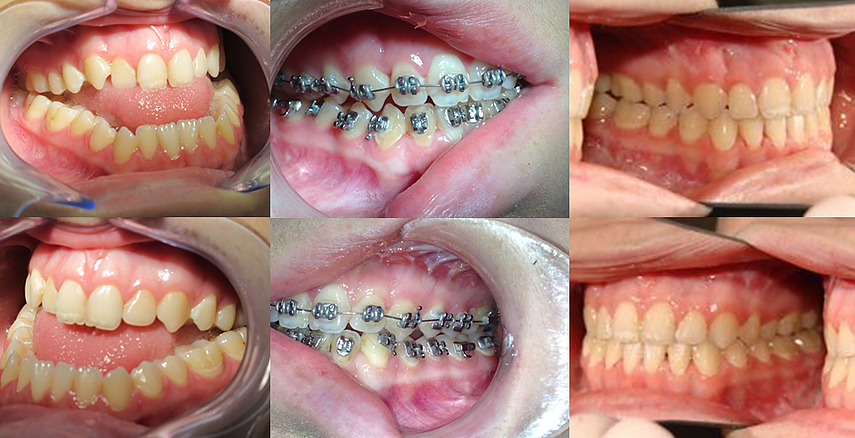
Chin surgery (Genioplasty)
Chin problems are not uncommon and often require correction in addition to the lower jaw surgery.
The procedure is called genioplasty, where your surgeon cuts your chin bone moves it to a better postion and secures it using a special plate and screws.

